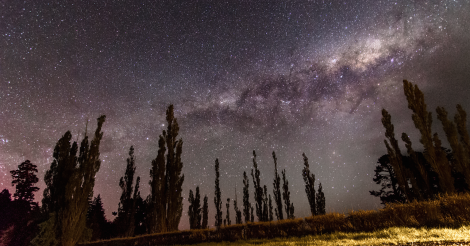A star's surface is very unpredictable and constantly in motion. Its surface has moving plasma which accumulates different elements drawn by the pull of gravity which produces a sound, a melody. Due to the star's great gravitational pull, many components were tugged towards it and emit a particular sound.
These chaotic activities somehow send out a sound on to the star's surface as if making their own tune. Physicists explained that such particular vibration is possible to have about 6 million times higher than any mammal could hear, according to Popular Science.
The sounds released on the star's surface are too high that even extraordinary super-hearing could barely distinguish it.
This unusual melody from the stars were accidentally discovered when researchers were actually studying about how the plasma moves when hit by an ultra-intense laser. Within only a trillionth of a second after such laser strikes, the plasma dissolves fast moving from high density to low density areas. These movements cause the plasma to build-up between both areas.
The pressure that was created from the impact of plasma's ions create a series of rhythmic sound waves that has a trillion hertz of frequency. Comparing humans to bats and dolphins, people can only hear 20,000 hertz while the dolphins and bats can bear 100,000 hertz, however, both species cannot contain to hear the star's very high frequency.
John Pasley, a physicist from the University of York and one of the scientists who worked on the project disclosed that the only place that such plasma interaction can happen is on the star's surface.
"When they are accumulating new material stars could generate sound in a very similar manner to that which we observed in the laboratory - so the stars might be singing," Pasley explained.




























